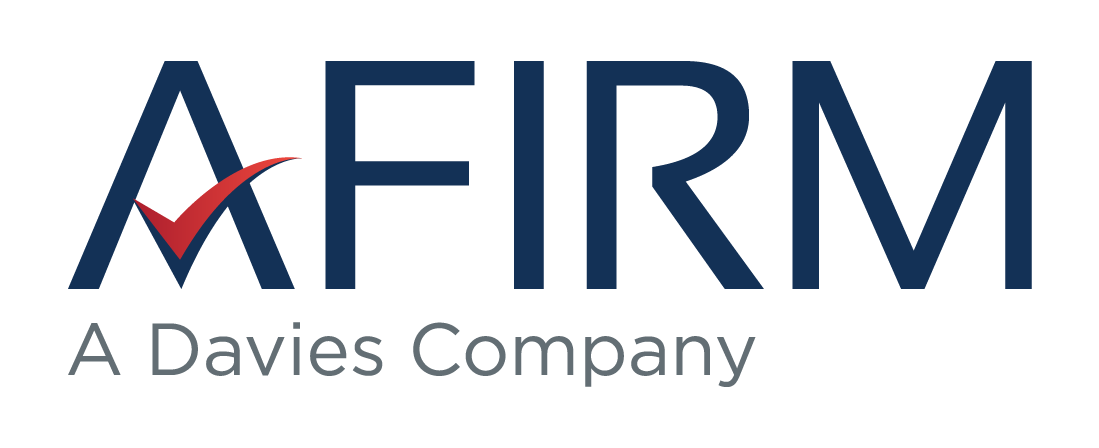The Federal Bureau of Investigation (FBI) estimates insurance fraud to cost in excess of $40 billion each year, with premium diversion at the top of the list. Premium Fraud is the willful misrepresentation of information with the intent of paying less than the appropriate premium for an insurance policy or insurance coverage.
“There are always companies and individuals trying to manipulate the system to save money on insurance,” said Dr. Rick Palmer, DBA, MBA, APA, Audit Specialist, Afirm, a premier provider of premium audits, inspections and risk solutions. “Fraud is committed with the intention of saving premium and can take several different forms.”
Identifying Premium Fraud is challenging for all that are involved in the insurance process, including brokers, agents, underwriters, claims adjusters, and premium auditors. Being able to understand where Premium Fraud can occur and recognizing tell-tale signs is necessary for any broker or agent.
When an employee is in a high-risk position, such as a roofer, employers may look to classify them as a person with lower risk, like an office clerk.
1. Underreporting payroll and sales figures
“Clients may inaccurately report their work staff to the insurance company, often by paying employees off the books,” said Dr. Palmer.
In Northern California, a 34-year-old janitorial and pest control company owner was sentenced for eight felony counts relating to workers’ compensation insurance premium fraud; she was required to pay more than $2 million in restitution to insurers2. It was determined that the number of employees and its payroll were misrepresented during the application and renewal process for workers’ compensation insurance.
“In trucking, owner/operators are paid based on the amount of miles and weight of the load. Payroll can be manipulated by reporting lower miles and lighter loads,” said Dr. Palmer. “Auditors cannot always catch that immediately, but it usually comes out in quarterly tax reports.”
Dr. Palmer adds that, “Payroll may be hidden in several different business entities, or shell companies, that do the same type of work, where one company will pay the other company, and report lower payroll.”
One Florida construction business owner recently used 12 shell companies to move $70 million in undeclared payroll in a workers’ compensation scheme3.
2. Misclassifcation of employees
When an employee is in a high-risk position, such as a roofer, employers may look to classify them as a person with lower risk, like an office clerk. Dr. Palmer notes that this misclassification is intended to result in a lower workers’ compensation premium.
Many times, brokers and agents have to rely on what the policyholder discloses. It can be difficult and time-consuming to observe what tasks each employee are performing. These cases are not often recognized until a claims adjuster records a drywall worker that falls off a roof, for instance.
“Business owners may also present employees as subcontractors or independent contractors, rather than actual company employees,” said Dr. Palmer.
In Texas, it was exposed that more than 40 percent of the construction workforce were misclassified as independent contractors4.
3. Experience modification evasion
Another form of insurance premium fraud occurs when an established company with a greater than average loss history resurfaces as a new company on paper to obtain a lower experience modification factor. This factor adjusts the premium based on the amount of losses a business has with their insurer. If it is lower, business owners can receive a better premium.
“Experience modification evasion is widespread, and in most cases, the business is actually unchanged in its operations, still presenting a greater than average risk,” said Dr. Palmer. “It is important that brokers and agents do not ignore the red flags in any form of Premium Fraud.”
RECOGNIZING RED FLAGS
Armed with the right knowledge, brokers and agents can begin to identify Premium Fraud quickly. However, it is important to remember that an error is sometimes just an error. Dr. Palmer provided a selection of ‘red flags’ for brokers to be aware of, including:
- Clients that are reluctant to provide information
- The client is argumentative and/or disrespectful
- Excessive number of checking accounts
- Regular changes in bank accounts
- Significant downsizing when competitors are growing
- High employee turnover
- Photocopied or “missing” documents
- Disproportionate number of year-end transactions
- Any financial transaction that does not make sense
- Unnecessary or unjustified cash transactions
Additionally, Premium Auditors have a whole host of other issues that they look for following the application process that brokers and agents may be unaware of. Moreover, brokers can get caught up in premium fraud themselves.
One insurance broker diverted premium dollars from a Hollywood film icon. Premiums were inflated by as much as 600 percent and the broker was sentenced to more than two years in a federal prison5.
Dr. Palmer urged, “The most important thing is to be aware that it does occur, and brokers and agents should be careful not to get transfixed in looking to make quick cash.”
Learn more about Premium Audits.

